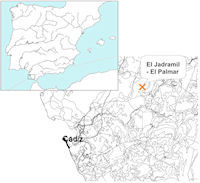
Figure 1: Location of the El Jadramil-El Palmar (Arcos de la Frontera, Cádiz) site.
The archaeological site is situated in Cadiz Campiña, a landscape dominated by low hills formed from a succession of marls, sands or calcareous sandstones (Fig. 1). In some cases, river erosion of the sandy calcareous materials of Miocene-Pliocene age has formed steep cliffs. Examples of such erosion are the Arcos de la Frontera cliff and the River Guadalete.
The archaeological site is situated towards the western end of the Betic Cordillera, relatively near the Guadalquivir Valley (Gutiérrez Mas et al. 1991). The dominant and almost exclusive lithologies are mainly marls and calcarenites; with occasional diatomaceous white marls, grey and green marls, clays and limestones. All these sedimentary rocks date to the Triassic and the Pliocene periods. Levels of Quaternary glacial terraces also occur.
The only metamorphic lithologies that occur in the zone are pebbles of quartzite and phylite, found mainly in the plio-quaternary red sands and in the quaternary terraces, especially of the Guadalete River.
© Internet Archaeology/Author(s) URL: http://intarch.ac.uk/journal/issue26/10/2.html
Last updated: Wed Jun 10 2009